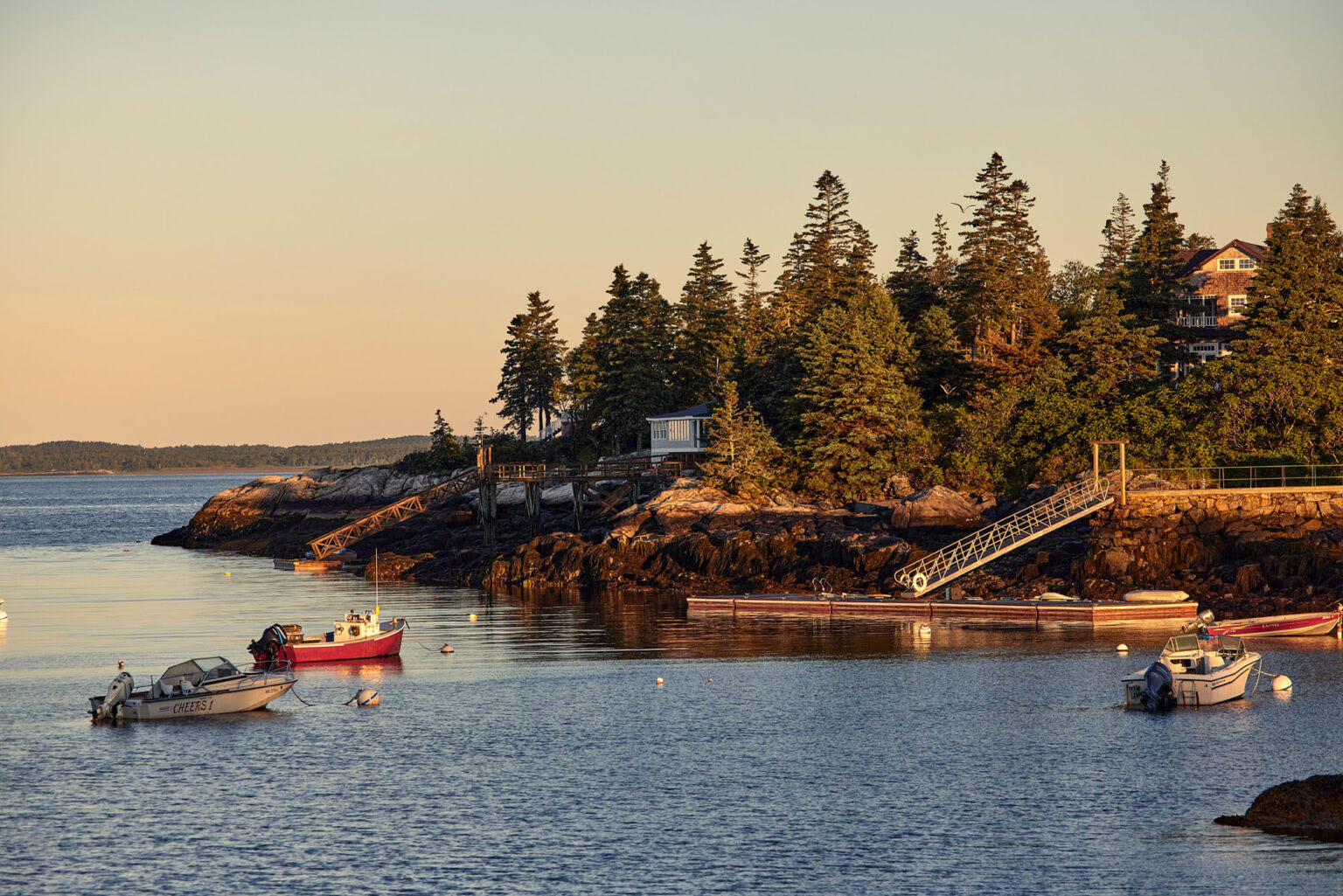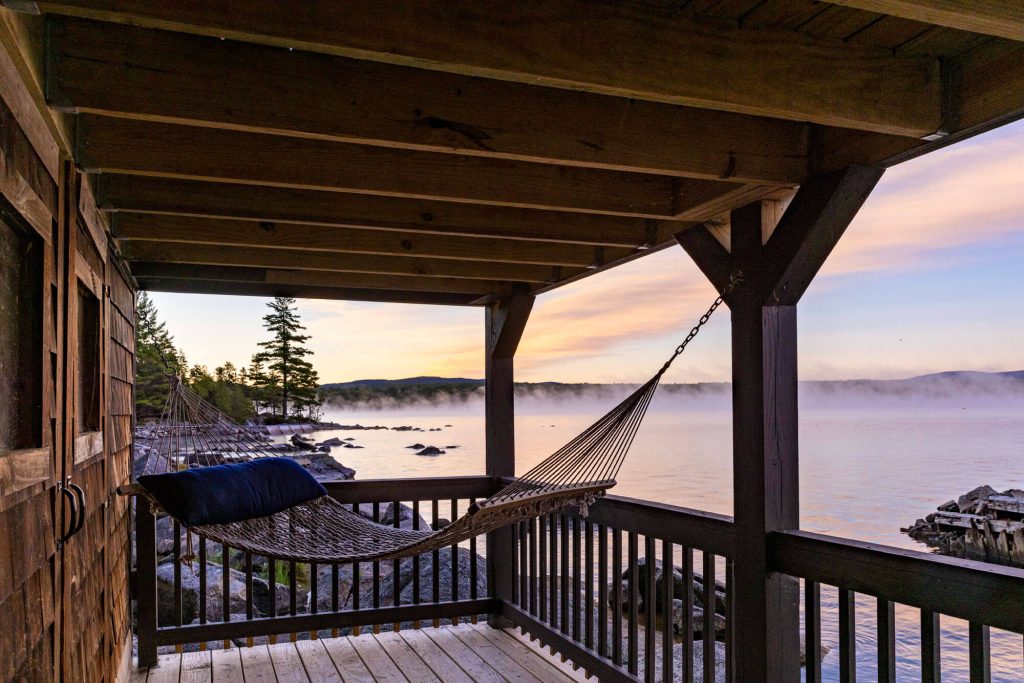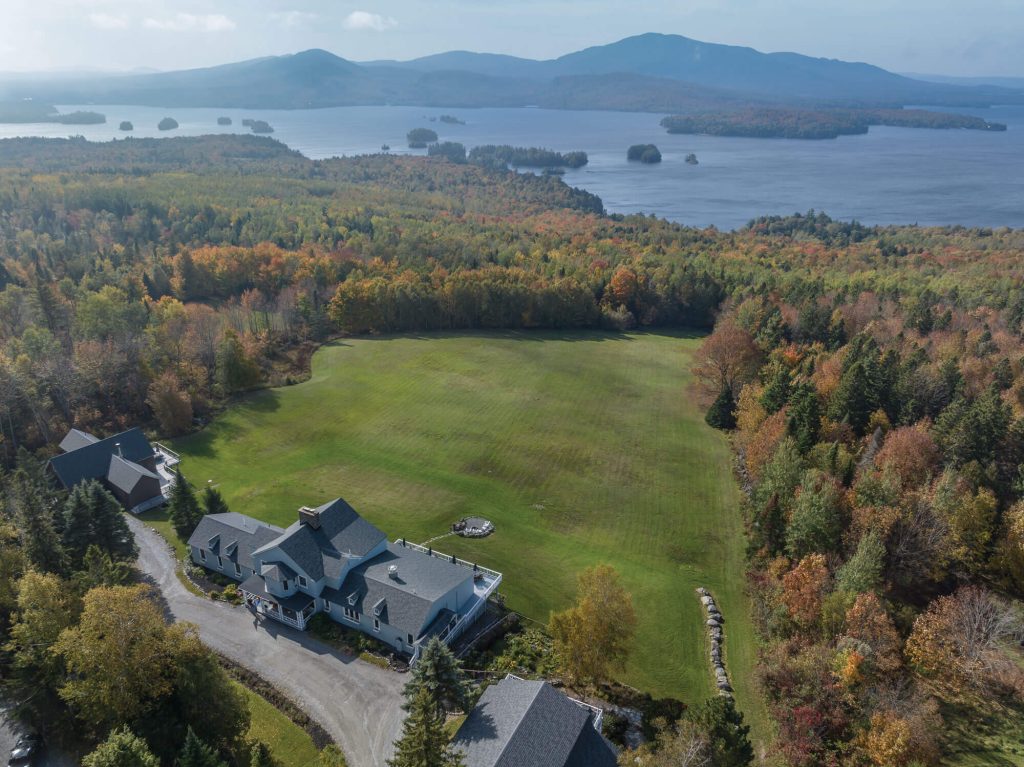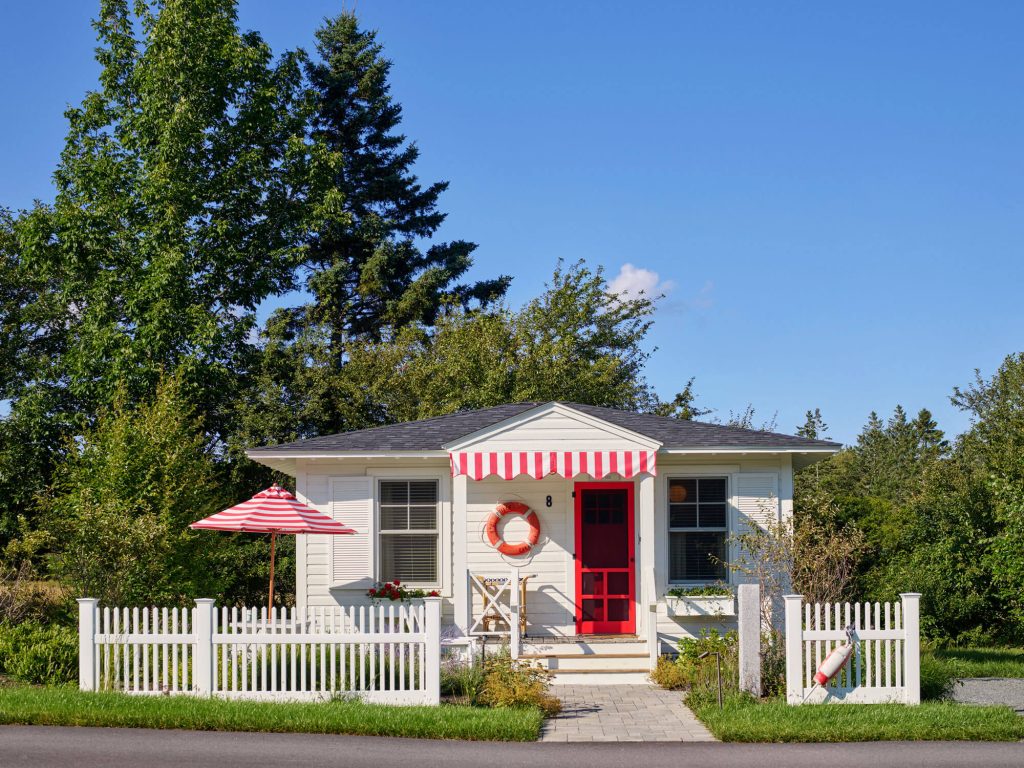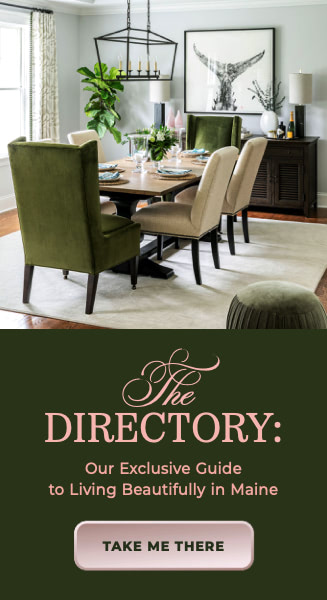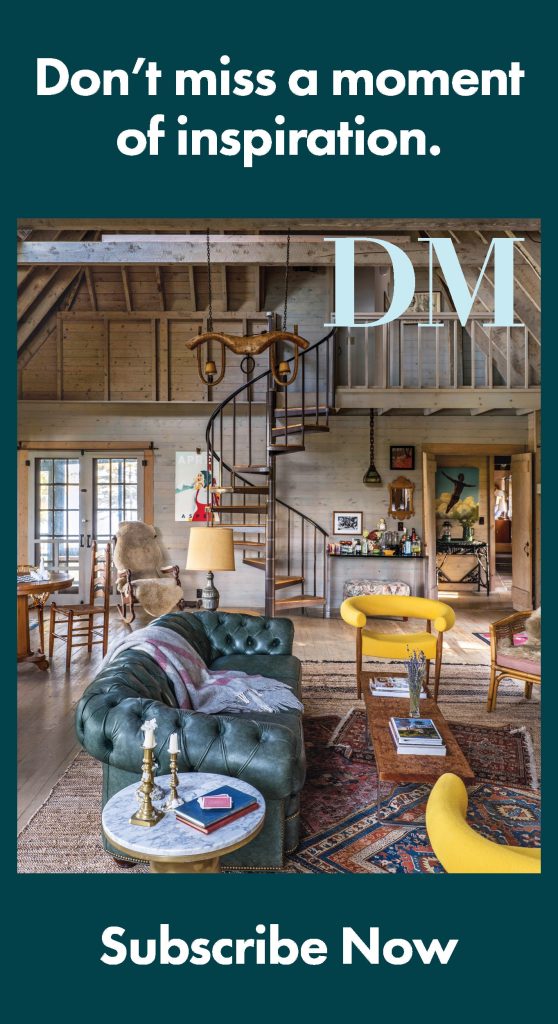The Boothbay Region has no shortage of world-class amenities. Its harbor, deep and surrounded by restaurants, boutiques, and services, is no upriver port, providing desirable anchorage for cruisers and day boaters alike. The nationally acclaimed Boothbay Harbor Country Club is arguably the premier golfing destination in the state. And nearby, the Coastal Maine Botanical Gardens get bested in visitors-per-year only by Acadia. These features, of course, pop up on any cursory Google search, but to truly get into the nooks and crannies of the region, to discover its day-to-day life, you need a local expert. You need Jonathan Tindal.
“Yes, we have all the obvious ingredients that make for a satisfying place to live,” says Jonathan, “but underneath that umbrella community, there are several micro-communities— cottage communities, if you will—that themselves have amenities and cultures all their own.”

He should know. Jonathan’s father, Bruce, started Tindal & Callahan Real Estate almost 40 years ago, and the Tindal family have been Boothbay residents and business owners ever since, specializing almost exclusively on the peninsula. “We are intentionally hyperfocused,” Jonathan says. “We’re not covering a broad swath of territory that would necessarily dilute our expertise. Our brokers live where we work, some going back for four, five generations, so there’s an accumulated knowledge regarding ordinances, value considerations, and how different areas operate socially.”
In many ways, the peninsula serves as the same site of respite it did for early vacationers just after the Civil War. The 1870s through the 1920s saw a proliferation of second-home ownership and seasonal travel. People journeyed up on steam ships from Portland, Boston, New York and spent summers with their families in the region’s many summer colonies. “These communities often centered around a shared dining hall, scheduled activities, or shared beach access,” says Jonathan, “and those binding forces carry through to this day, almost 150 years later. What we [Tindal & Callahan] try to do is suss out a buyer’s interests, then, because we’re well-connected to the community, we’re able to make introductions to people, or groups, or clubs that advance those interests.”
Tucked Away
“Boothbay is a fairly conventional coastal Maine community,” says Jonathan. “A mix of working waterfront and tourism, seasonal occupancy as well as year-round residents. Ties within the various microcommunities tend to run deep, and what we [Tindal & Callahan] do, having grown up here, is help new homeowners find their space within those communities.”
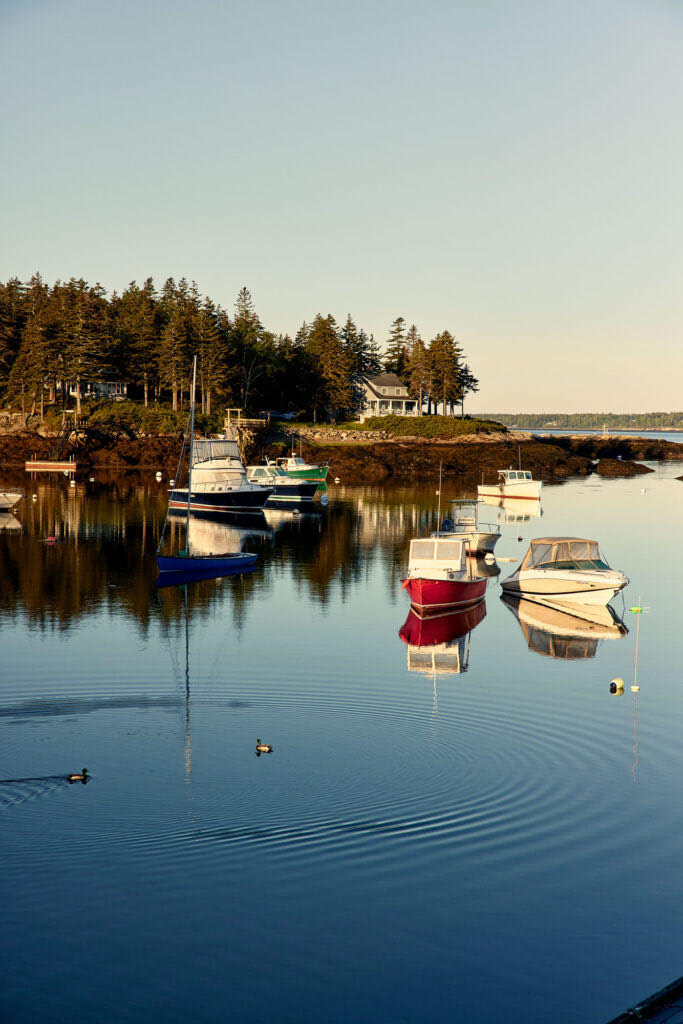
The options are many. While there is not a formal architectural review process, each micro-community in Boothbay has its own architectural motif, its own traditions and vibe, all carried over from those early days. “Ocean Point, for instance, evokes the quintessential coastal Maine cottage,” Jonathan says. “Shingle-sided cottages, often with open studs in the interior or beadboard walls. Usually a porch overlooking the water. There’s an annual lobster bake, an annual parade, an annual softball game. On the other hand, Sprucewold has a more cabin-in-the-woods feel. Tall pines, spruce trees, log cabins. Much more like camp.” Newagen is another favorite, offering an experience of wilder coast—craggy lighthouse vistas, open Atlantic, and crashing surf off the tip of Southport Island. “Some of these places are right off the main roads,” says Jonathan, “but some are tucked away such that if you don’t know the area, you might not know they were there.”
In these communities, and many others around the peninsula, the impulse for leisure of those early vacationers is still very much operative. “People come here today for the same reasons they did then,” Jonathan says. “To slow down. If you’re hustling a 9-to-5 all week, every week, it’s rejuvenating to come here where things are quiet, a place where you can walk the oceanfront trails or travel to dinner by boat.”
Waterworld
Residents both past and present have a fierce loyalty to Boothbay, and generational handoffs are common. Jonathan himself is an example. “Kids I played with through my teen years are now my contemporaries in ownership,” he says, “and now it’s our kids who play together. All of these communities have properties that have been handed down over multiple generations.”
Such loyalty and longevity foster a desire to give back as well. “Boothbay has a long tradition of resident volunteerism,” Jonathan says. “I’ve heard this is somewhat unique.” Both year-round and seasonal residents make community service a customary part of their life in Maine. Outlets include a YMCA (“the hub of our community”), Boothbay Region Land Trust (“they maintain over 30 miles of hiking trails”), a Rotary Club, a Community Resource Council that addresses issues of food insecurity and addiction, and a Student Aid Fund that administers a scholarship program for local students. “People enjoy the opportunity to take care of this place,” Jonathan says.
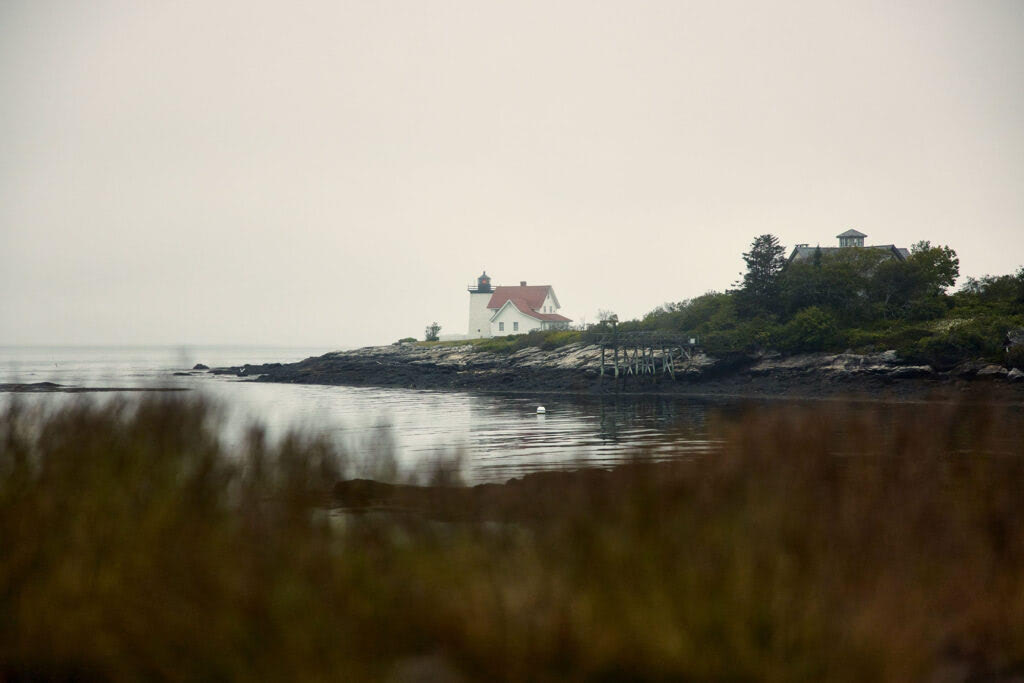
While much has remained the same in Boothbay and its enclaves over the past century and a half, progress has left its inevitable imprint—modernized facilities, higher-quality finishes, investment in updates that correspond to standards of modern living. Jonathan hopes that as more work goes online, and as the nature of work changes in general, more people will see fit to invest in the region. “Rather than living near work and commuting to the midcoast, more folks find they’re able to live in the midcoast and commute to work, as needed, for necessary in-person meetings. We’re only three hours outside of Boston. Already, we’re seeing that shift in population. Now, people can work from their porches with a view of the water, and when their workday is done, they’re already here.”
